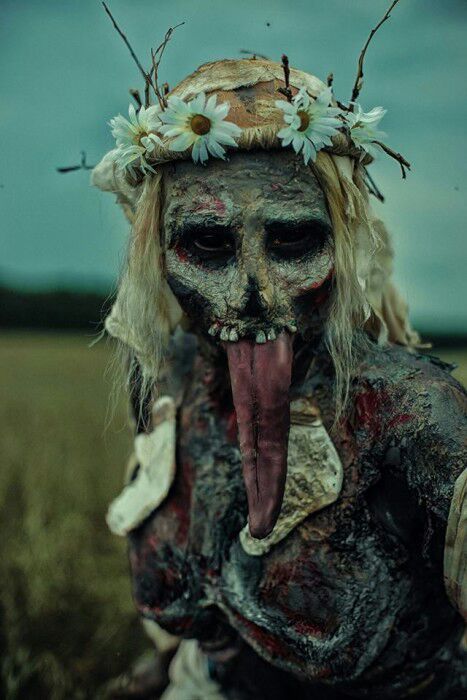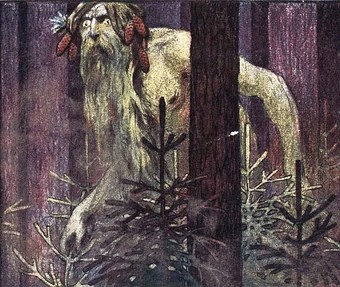Czech Folklore Monsters

To celebrate the end of the winter young girls in a number of villages build an effigy of a woman out of straw and branches and dress the figure in old clothes.
Czech folklore monsters. She appears as an old woman and has an extremely long nose and spindly legs. Among mythologies baba yaga is unique to the slavic people. It can mean scarecrow or bad person and even a type of nightmare similar to mora in slavic languages. In exchange for all the knowledge and pleasure of the world for a period of 24 years faust sold his soul to the devil.
After the failed attempt at sterilization that produced minceskro the distraught keshalyi fed their queen a mixture of cat hair powdered snake and hair from the hound of hell. Zmaj and the dragon lore of slavic mythology. Elves beasts monsters and spirits are said to haunt the forests and homes in this part of the world. There are sayings that beda found them or beda follows them from cradle to grave.
In east asian countries for instance dragons are regarded as symbols of power strength and good fortune. Beda or bijeda or misery is demon from southern slavic folklore that is far descent from ghosts and close to chuma. She wanders across the world attacks people and torture them. The name kikimora has different variations between slavic people and they have similarities but all are in a creepy context.
Bies chort chuhaister korov ya smert cow s death kallikantzaros likhoradka shishiga zlydzens. At first glance baba yaga seems like various witches in european folklore. When the time was up the devil took faust straight through the roof. While some will make your skin crawl others will hypnotize you with their beauty.
Poreskoro tailed or caudate is the ninth and final child of ana the ultimate romani demon of disease produced from an unhappy and abusive relationship between queen ana of the keshalyi and the king of the loçolico. Many other slavic gods and creatures have equivalents in roman or greek mythology but baba yaga does not. The dragon is one of the most well known creatures in ancient mythology and many cultures have this creature or one of its related forms in their folklore. It is described also as a soul that leaves the body and turns into a moth.






























































































